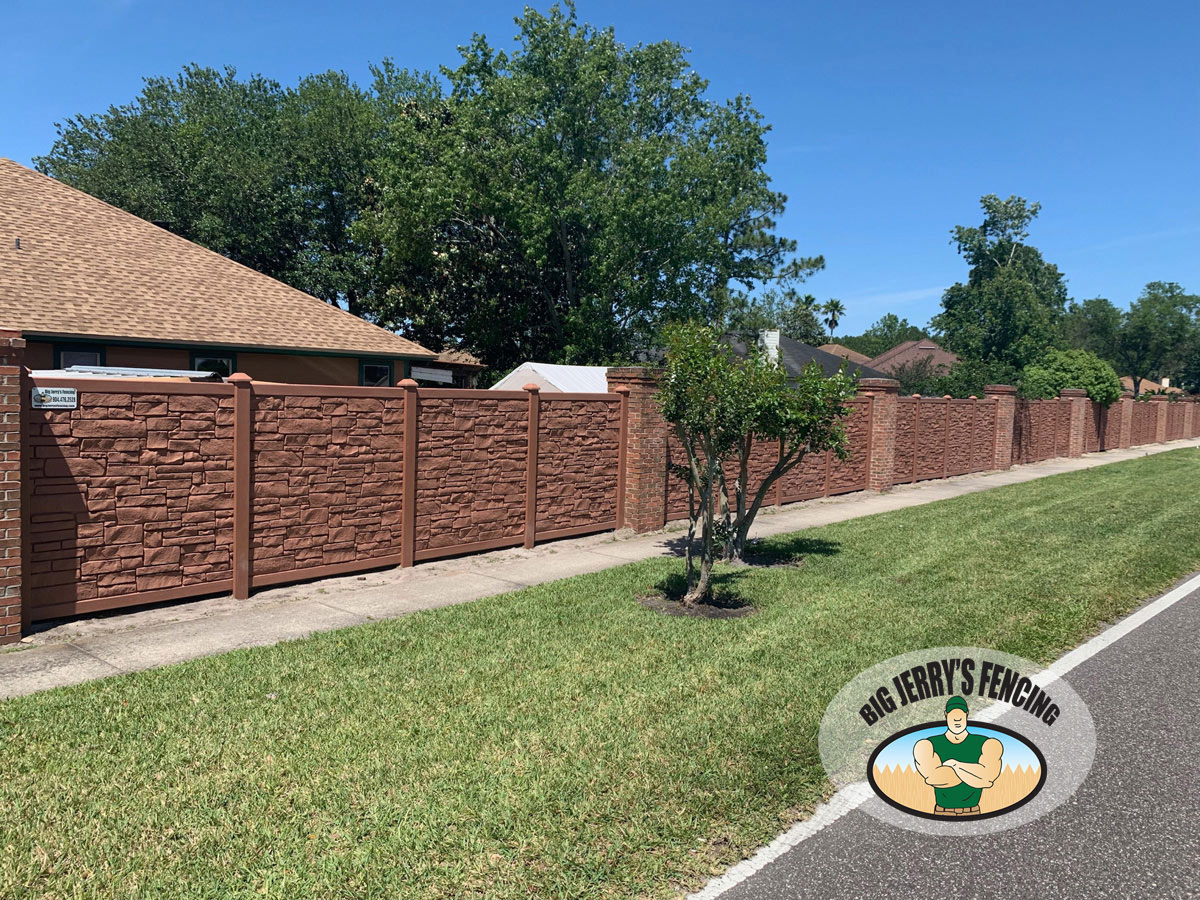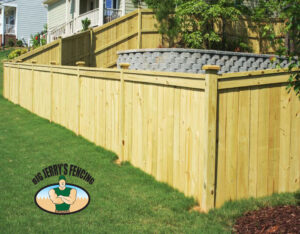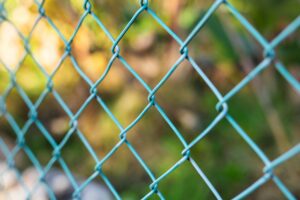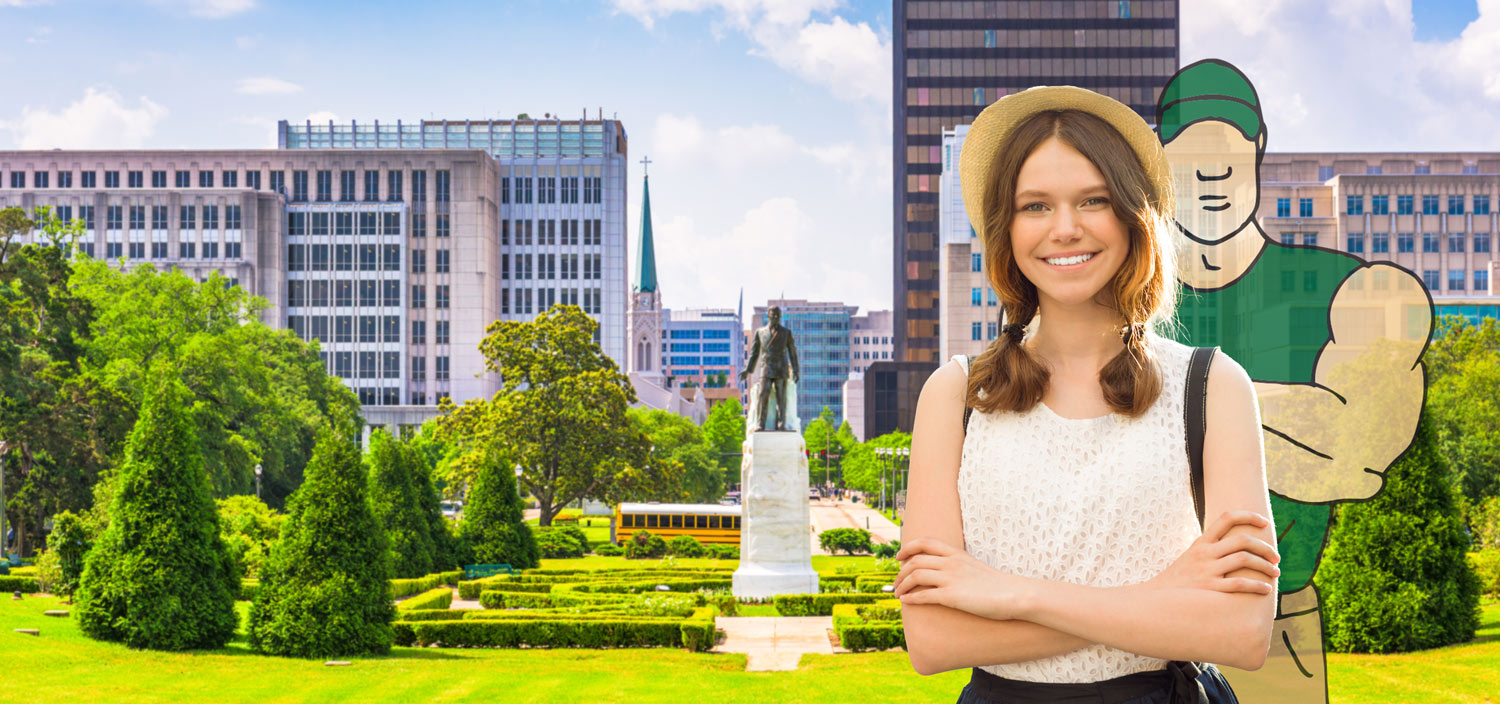The world is now shifting towards an environmentally conscious way of life. From organic and healthy ingredients in food to electric cars that don’t pollute the air or buying the less hazardous chemicals in cleaning supplies, more and more Americans are embracing non-toxic living and switching to products that embrace this philosophy. This same logic and criteria apply in our motto at, Big Jerry’s Fence Company. We’ve got a list of some fence options we recommend considering if you are looking for greener alternatives for fencing. Let’s check’em out.
Metal Fences
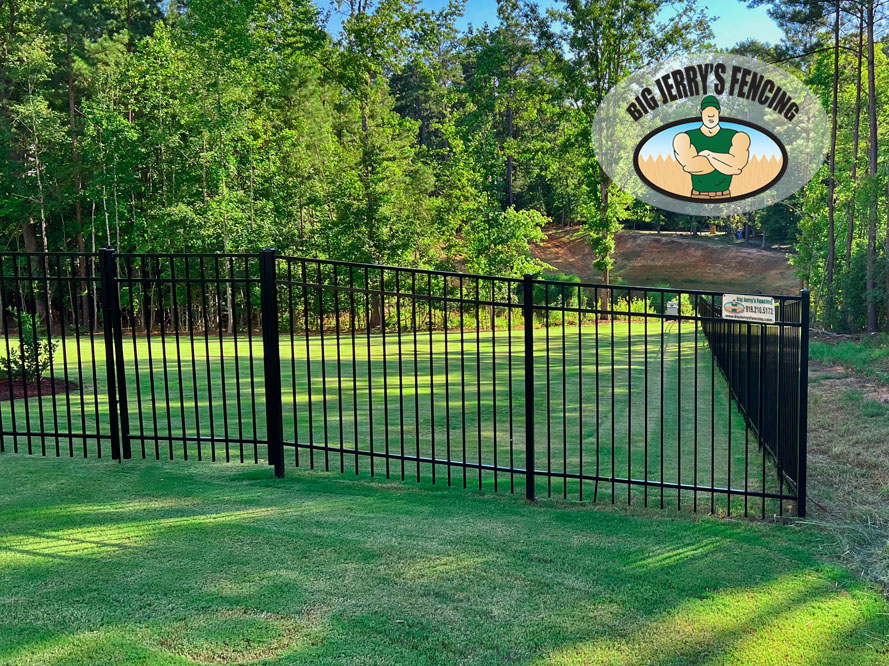
Certain types of metal fencing, like steel fences are great environmentally friendly options that won’t contaminate the environment during their creation or installation. If you’re looking for more aesthetically pleasing metal fencing options that are also very eco-friendly while also serving its original function of securing the premises of your home, then wrought iron fences are your best bet.
The good thing about whichever metal fencing option you choose to go with, most of the types after they’ve been through their designated period of guarantee and are showing signs of wear and tear, you can recycle them. Not only that but your metal fences are made from recycled material, too. The bonus on top of those perks is that our trusty metal fences are rust and weatherproof, too.
Aluminum Fencing
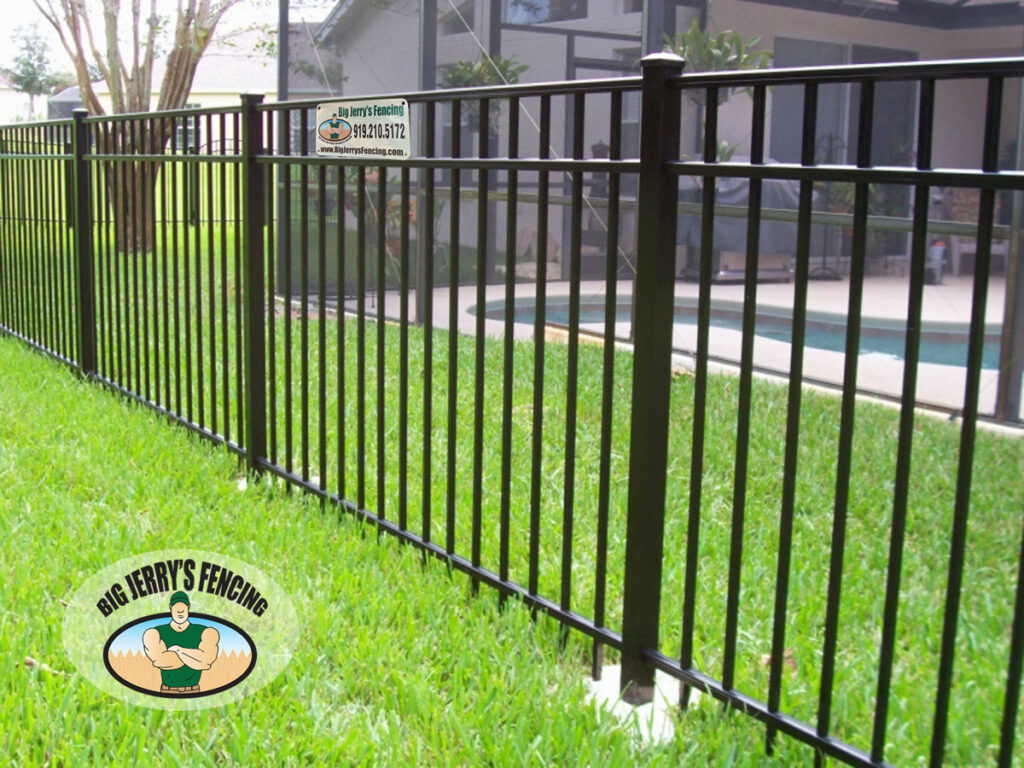
If you are looking for fencing materials that have less impact on the environment, aluminum fencing may be the best fit for you. Admittedly, aluminum itself is not friendlier to the environment than wood, vinyl, or wrought iron. However, the fact that it requires little in the way of paints, stains, or other materials that have toxic properties makes it an excellent choice for those who are looking to be environmentally friendly. A stained or painted wood fence, for example, requires a new coat of stain or paint every few years. The stain that drips from the wood can harm the grass, soil, and earth below. Aluminum does not require any protective resurfacing.
Aluminum fencing is also best for making your home or place of business stand out more, striking the perfect balance of visual appeal, while not compromising on security either. Aluminum fencing is extremely sustainable. Once you feel it is time to get rid of it, you can take it apart and donate the scraps to a metal recycling center, where its lifespan will continue through repurposing.
Chain Link Fences

In terms of sustainability, steel is one of the most sustainable base materials in the world, as it is the most recycled one. Once the steel has been produced, it can be recycled and reused infinitely. On that note, the absolutely picturesque designs of chain link fences are not only cheaper to buy, but their durability also makes them a very practical choice for those looking to buy a fence on a budget. For context to fully appreciate and understand the extreme durability and long-lasting nature of chain link fences consider this: chain link fences that were installed 50 years ago still stand in good condition today. Mind blown or what?
Western Red Cedar Wood Fences

What else makes this fence different from other wooden fencing options? Cedar wood has the lowest impact of all building materials on air and water quality. For starters, the manufacturing of wood products produces far fewer toxins and greenhouse gases than the leading man-made materials. Furthermore, the regeneration of forests after harvest creates new trees, which take in carbon dioxide and release oxygen as they grow.
Western Red Cedar is recyclable and biodegradable and comes from the most sustainably managed forests in the world. Man-made materials simply don’t break down like wood does once it’s discarded. Also, the red cedar wood fencing can come in a pretty neat variety of designs since wood is pretty easy to cut up and assemble into whatever design you prefer.
Western Red Cedar is green by nature, but certification is a bonus for consumers looking for validation. More than 85 percent of timberland in British Columbia, Canada—where most western red cedar comes from—is certified by internationally recognized, independent forest certification agencies.
Simtek Composite Fence
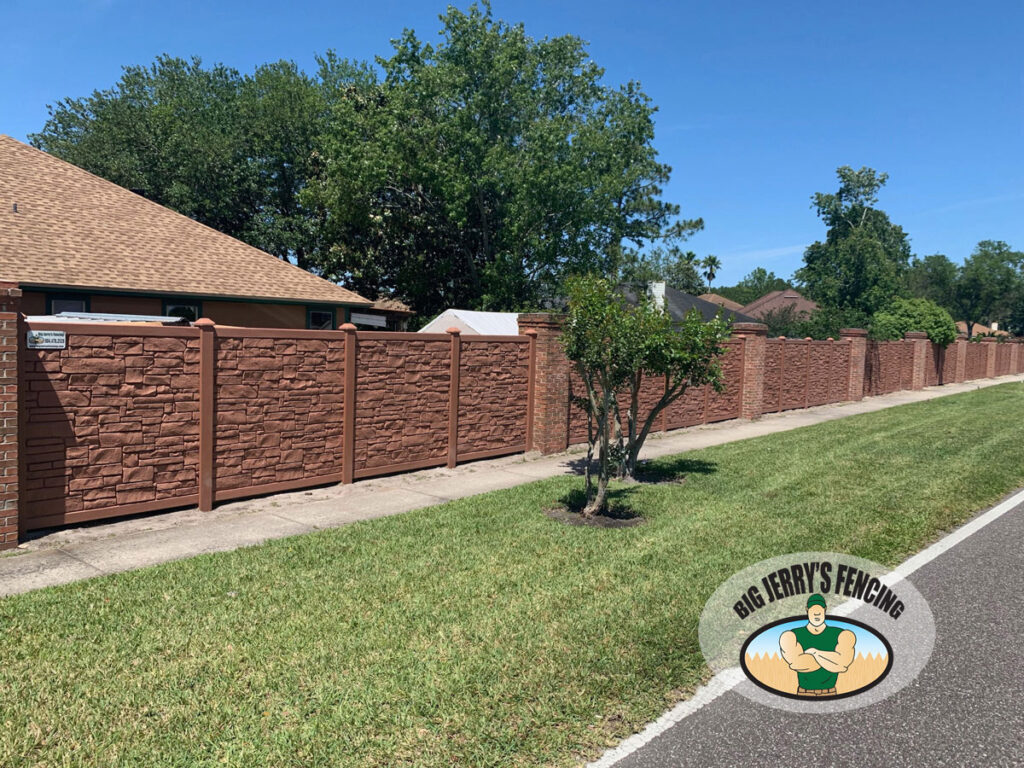
SimTek’s composite fencing offers superior durability and performance for creating a quiet and private outdoor living space. Enhance your yard with this innovative alternative to traditional masonry or wood! SimTek sustainable fencing has truly revolutionized fence manufacturing.
The patented design of rotationally molded fencing creates a realistic stone or the appearance of wood without sacrificing superior performance. Built to withstand hurricane-force winds over 100mph, as well as extreme temperatures between -40° and 140°F. Simtek Ecostone and Ashland fence style boast an incredible sound rating, blocking 98% of direct sound. As is usually the case for recycled-content fences, Simtek composite fences require no maintenance whatsoever. None. That means no painting, staining, or dealing with warps or cracks.
What could be more sustainable than investing in a product that will virtually never need repairs or replacing? Additionally, Simtek composite fences boast a high amount of recycled content saving millions of plastic bags from landfills. Simtek Ecostone and Ashland styles stand out as a highly durable recycled fence with a truly unique appearance! This is truly the elite-level environmental-friendly fence that you buy once to last you a lifetime.
Natural Shrubbery & Privacy Hedges
If none of the fence types that are mentioned above satisfy your non-toxic requirements, a living fence may be worth consideration. Made out of shrubs and hedges, a barrier made from planted vegetation is a great way to achieve natural privacy. While you need to consider that this is still not a fence and won’t provide any containment for children or pets, tall hedges will typically provide ample privacy in the most eco-friendly way possible.
Privet, juniper trees, cedar trees, and yew make the best privacy hedges as they are easily prune-able and can be shaped and customized to give you the height and appearance you desire. However, going this route will require constant maintenance as the plants will need to be watered and trimmed regularly. It’s a hassle that will take up your time and if it becomes too much for you, you’ll have to hire a professional gardener for the upkeep of natural shrubbery you’re using as a makeshift fence. On the flip side, you’ll be reducing your carbon footprint instead of adding to it. Plus, if you’re going for pure aesthetic reasons, the natural living fence will look jaw-droppingly stunning on your property.








